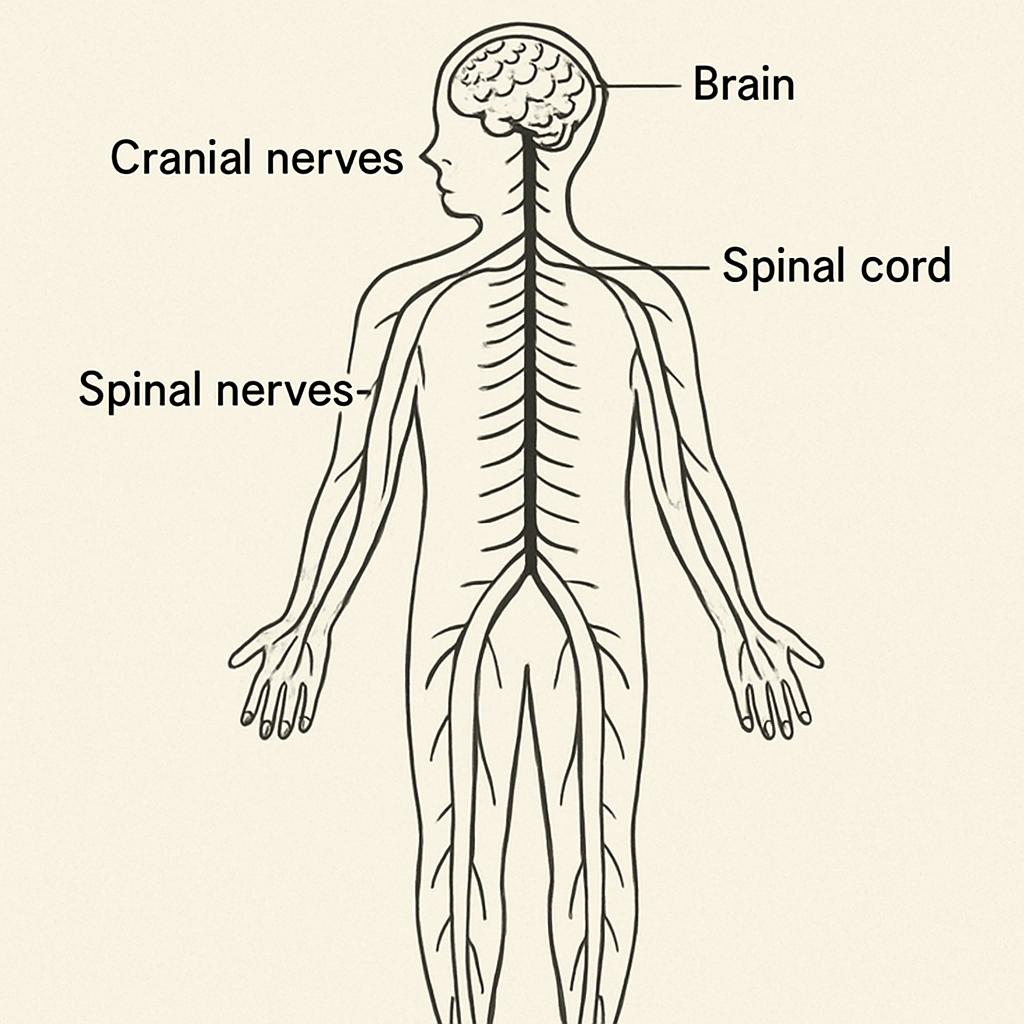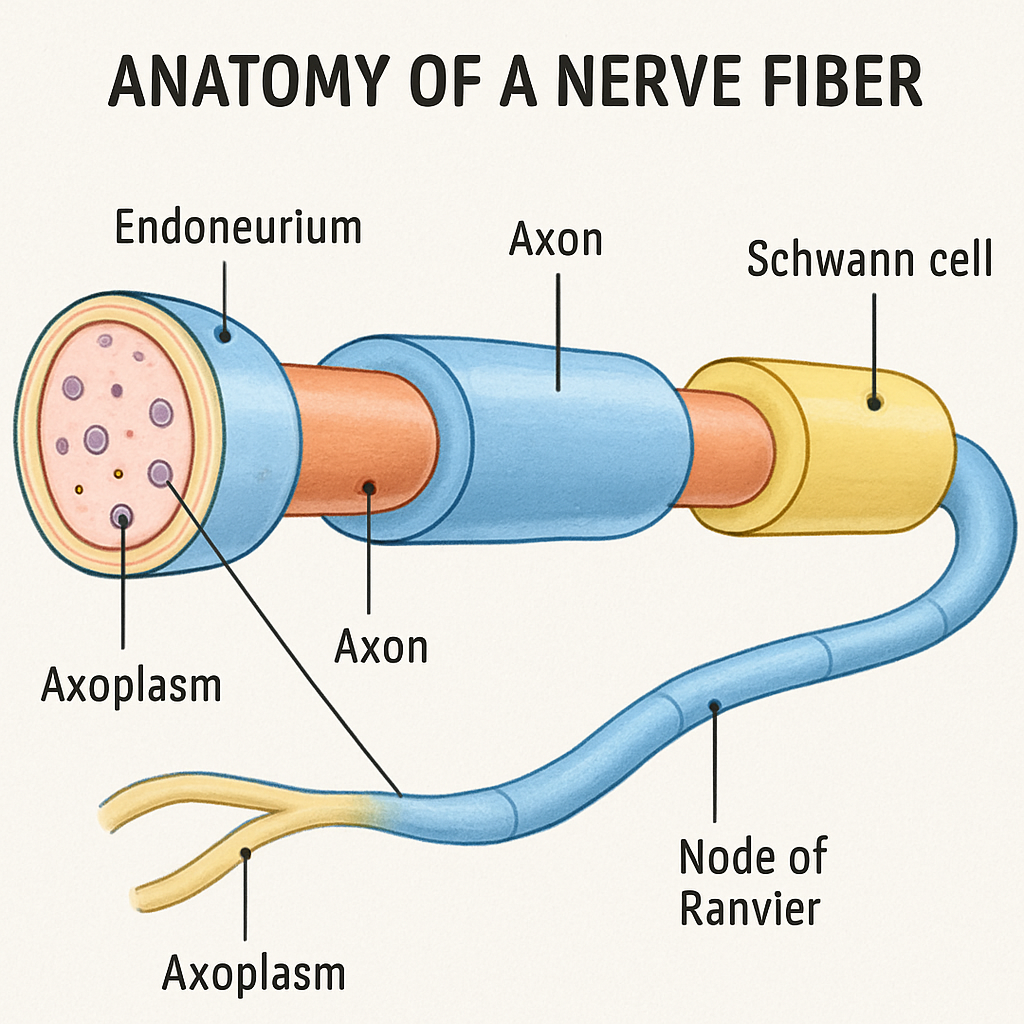Understanding the Role of Peripheral Parts
In the world of biology and medicine, the term "peripheral" plays a significant role. But what exactly does it mean, and how does it relate to the human body? In this article, we will unravel the mysteries surrounding the peripheral parts, focusing on the peripheral nervous system, its components, and its crucial functions in our daily lives.

Defining the Peripheral Nervous System (PNS)
The PNS is a complex network of nerves that lie outside the brain and spinal cord. It connects the central nervous system (CNS) to the rest of the body and is responsible for transmitting signals between the CNS and various body parts. The PNS is crucial for controlling voluntary and involuntary actions, allowing us to interact with the world around us.
Key Components of the PNS
The peripheral nervous system is divided into several key components that work together to perform its vital functions.
1. Somatic Nervous System
The somatic nervous system is responsible for voluntary movements and the transmission of sensory information to the CNS. It consists of motor and sensory nerves that control muscle movements and relay information about touch, temperature, and pain.
2. Autonomic Nervous System
The autonomic nervous system regulates involuntary functions such as heart rate, digestion, and breathing. It is further divided into the sympathetic and parasympathetic nervous systems, which work together to maintain balance in the body.
- Sympathetic Nervous System: Prepares the body for "fight or flight" responses in stressful situations.
- Parasympathetic Nervous System: Promotes relaxation and conserves energy by slowing down the heart rate and increasing digestive activity.
Structure and Function of Peripheral Nerves
 Peripheral Nerve Anatomy
Peripheral Nerve Anatomy
Peripheral nerves are composed of bundles of nerve fibers, each containing axons, which are extensions of nerve cells. These axons are insulated by a protective layer called myelin, which helps in the efficient transmission of nerve signals.
Function of Peripheral Nerves
Peripheral nerves play a crucial role in transmitting sensory information from the body to the CNS and carrying motor commands from the CNS to muscles and glands. They enable us to experience sensations, perform movements, and regulate bodily functions.
The Difference Between the Autonomic Nervous System and Peripheral Nervous System
It's essential to understand the distinction between the autonomic nervous system and the peripheral nervous system, as they serve different roles in the body.
Autonomic Nervous System
- Function: Regulates involuntary bodily functions.
- Components: Sympathetic and parasympathetic nervous systems.
- Control: Involuntary (automatic) control over functions like heart rate and digestion.
Peripheral Nervous System
- Function: Connects the CNS to the rest of the body and facilitates communication.
- Components: Somatic and autonomic nervous systems.
- Control: Includes both voluntary (somatic) and involuntary (autonomic) actions.
Peripheral Nervous System in Everyday Life
The PNS is integral to our daily lives, impacting everything from our ability to walk and touch to how we respond to emergencies.
Walking and Movement
The somatic nervous system allows us to perform coordinated movements like walking, running, and grasping objects. It communicates with muscles to execute precise actions.
Sensory Perception
The peripheral nerves relay sensory information from the environment to the CNS. This enables us to feel textures, perceive temperature changes, and experience pain, which are vital for protecting ourselves from harm.
Automatic Bodily Functions
The autonomic nervous system ensures that essential functions like heartbeat, breathing, and digestion occur without conscious effort, allowing us to focus on other tasks.
Why Understanding the Peripheral Nervous System Matters

Common Peripheral Nerve Disorders
Disorders of the peripheral nerves can lead to a range of symptoms, from mild tingling and numbness to severe pain and muscle weakness. Some common peripheral nerve disorders include:
- Peripheral Neuropathy: Damage to peripheral nerves, often causing weakness, numbness, and pain, typically in the hands and feet.
- Carpal Tunnel Syndrome: Compression of the median nerve in the wrist, leading to pain and tingling in the hand and arm.
- Sciatica: Irritation of the sciatic nerve, causing pain to radiate along the path of the nerve from the lower back to the leg.
Importance of Early Diagnosis and Treatment
Early diagnosis and treatment of peripheral nerve disorders are crucial to prevent further damage and alleviate symptoms. Treatment may include medications, physical therapy, and in some cases, surgery.
Conclusion
The peripheral parts of the body, particularly the peripheral nervous system, play an indispensable role in our overall health and well-being. From enabling movement and sensation to regulating involuntary functions, the PNS is essential for our daily lives. By understanding its structure and function, we can better appreciate the complex interplay of systems that keep us functioning and respond appropriately to medical issues when they arise.
In summary, the peripheral nervous system is a vital component of our body's communication network. Its proper function is essential for maintaining balance, responding to the environment, and performing everyday activities with ease and efficiency.








